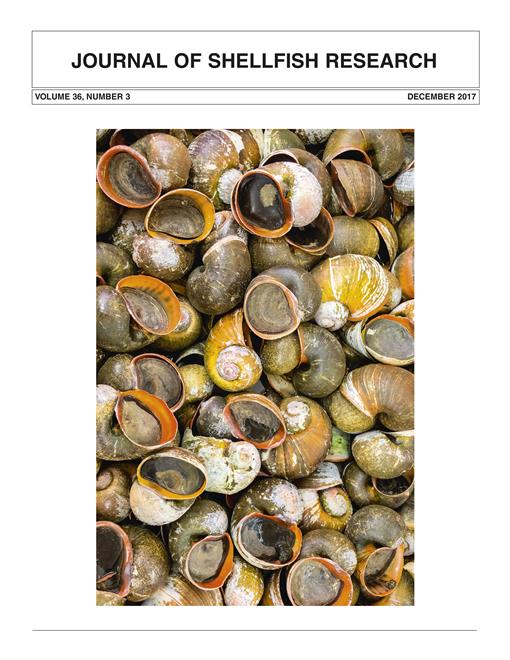In traditional rural areas in China featuring both agriculture and aquiculture, shellfish waste (SW) was widely used, which created the typical rural cultural landscape (RCL). Nevertheless RCL is increasingly homogenized and traditional building techniques are inefficiently transformed; it has become a bottleneck in the reuse of SW whether the following problems can be solved, namely SW in large quantities but at low prices, secondary pollution, and the contradiction between high investments and low yields. In terms of generation background, material performance, and building process, an analysis was conducted on the generation mechanism of RCL with SW. Then the typical construction of traditional RCL was dissected and a new landscape structure was designed to coordinate appropriate technology and landscape features, which can be used to avoid the damage to coastal RCL caused by new structures of brick-concrete in “demolition and reconstruction” through “structural addition.” Finally, through the design research and based on reconstructing the overall ecological space of agricultural heritage. SW is used as material resources in the system engineering of building sustainable landscape systems in rural areas featuring both agriculture and aquiculture, forming the promotion mechanism of “mariculture zone-factories-sites.”
How to translate text using browser tools
1 December 2017
Adaptive Reuse of Shellfish Waste for Rural Landscape
Jiang Wang,
Jilong Zhao,
Qianmiao Yang
ACCESS THE FULL ARTICLE
<
Previous Article
|

Journal of Shellfish Research
Vol. 36 • No. 3
December 2017
Vol. 36 • No. 3
December 2017
adaptive reuse
construction method
rural cultural landscape
rural design
shellfish waste




